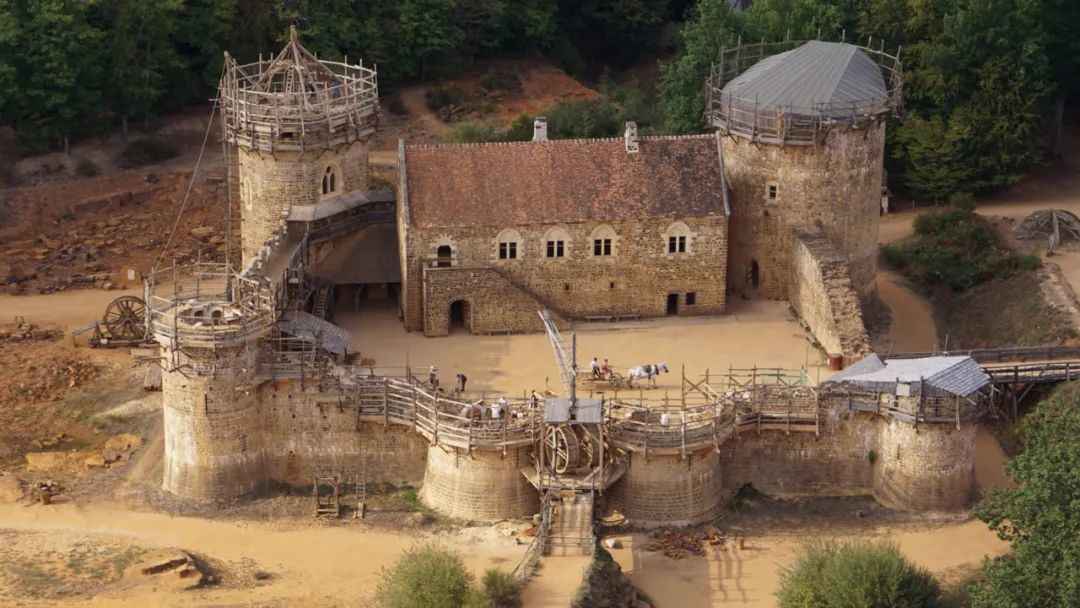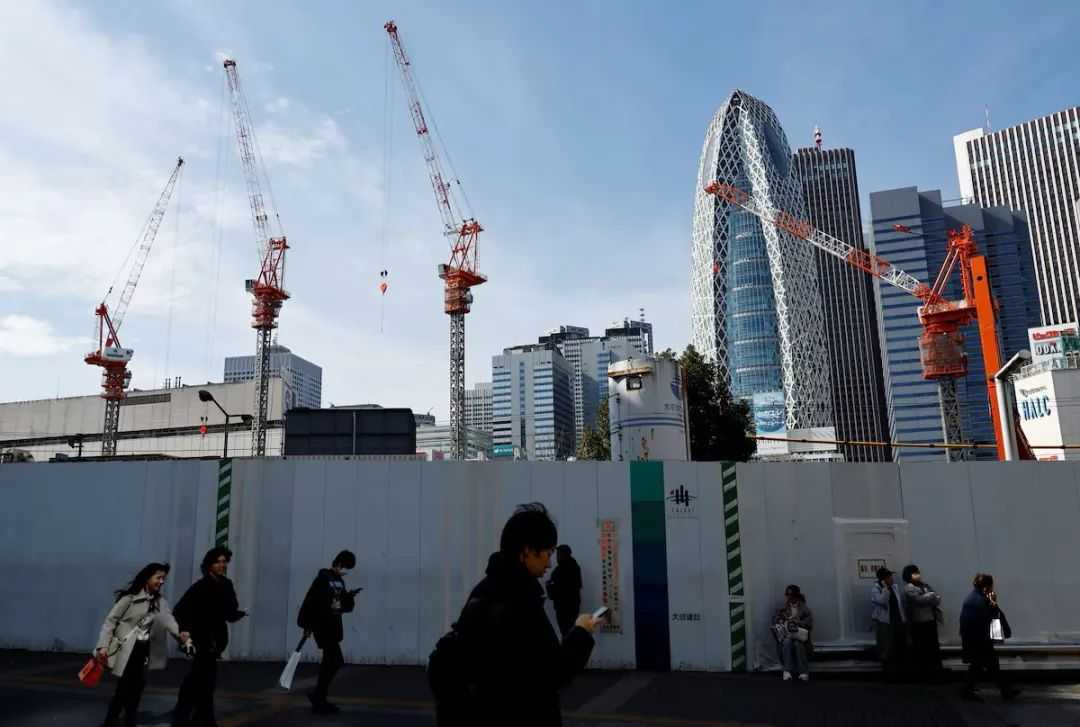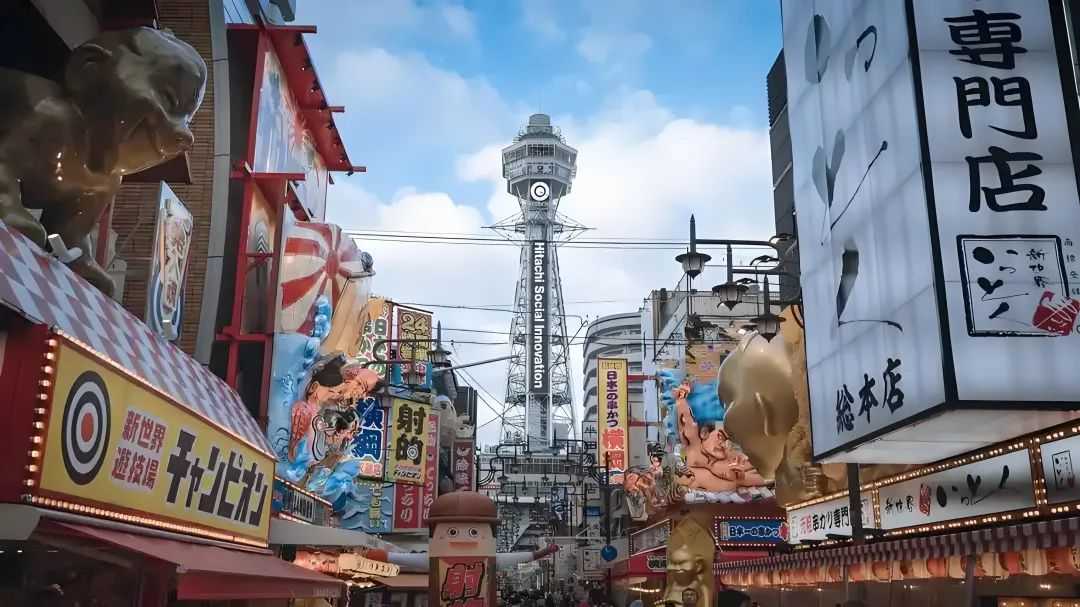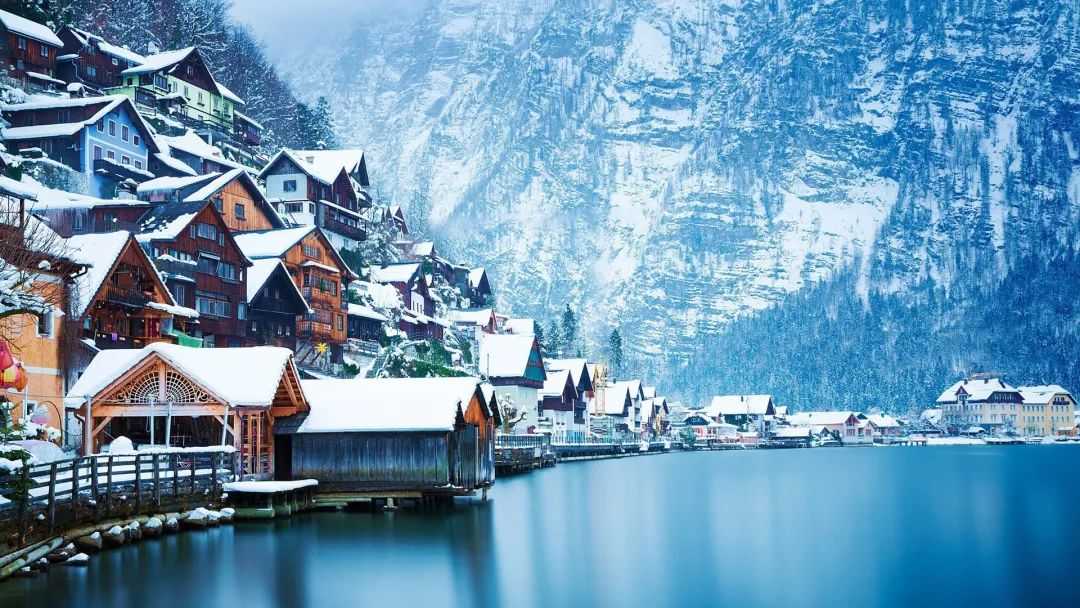Launched in 1997 by French entrepreneur Michel Guyot and Maryline Martin, the project aims to replicate a 13th-century fortress through “experimental archaeology,” exploring how medieval artisans built without modern tools. Situated in an abandoned sandstone quarry, the site offers stone, timber, and water—ideal for recreating medieval construction conditions.
Craftsmen adhere strictly to historical documents and surviving castles. Stonecutters split sandstone by hand, blacksmiths forge iron nails in traditional furnaces, and carpenters shape oak beams with axes and chisels. The project even follows a “historical timeline,” assuming construction began in 1228, so 2025 corresponds to “1253,” guiding architectural progress and decor 风格.
The team has overcome numerous hurdles. For instance, a medieval-style “treadwheel crane” was recreated to lift 1-ton stones: two workers walk inside a wooden wheel to power the winch, hoisting blocks to dizzying heights. Roof tiles, fired locally with medieval glazing techniques, mirror those found in Loire Valley castles.
Eco-sustainability is central: all materials are sourced locally, relying on human/animal labor and water mills, achieving near-zero carbon footprint. Gardens grow medieval crops, kitchens use open hearths, and dyes come from forest ochre and plants.
Guédelon Castle is more than a construction site—it’s the world’s largest “living medieval museum.” Drawing 300,000+ visitors annually, it offers workshops in stonemasonry and pottery, plus “knight training” for children. Partnering with universities, it has trained hundreds of traditional craftsmen, hailed as a “Noah’s Ark of craftsmanship”.
“We’re not building a museum piece but a living history,” says project leader Maryline Martin. “Every stone carries ancient wisdom, inspiring modern architecture to coexist with nature.”
By 2025, as the final sandstone block is laid on the eastern curtain wall, Guédelon Castle will stand complete. Spanning nearly three decades, this feat proves that in an age of rapid tech advancement, humanity can still breathe life into history through patience and skill. As The Telegraph notes, “Guédelon is one of the maddest, most inspiring collective efforts of our time.”








